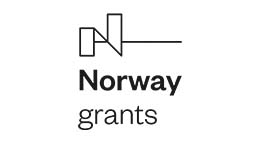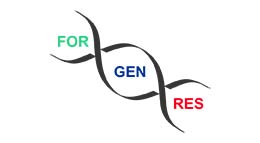Successful implementation of genome-based breeding strategies requires more effective methods to phenotype large populations of forest trees. As forests grow older and taller, they become unkinder with the tree breeders' manual methods for height measurements, collection of twigs and DNA samples. Nevertheless, these forests are highly valuable for breeding as they have experienced many years of variable and sometimes extreme climatic conditions.
Figure: Lidar scanning of planted forest sites provides us with a tremendous amount of information about the trees' size, position, competition and environmental factors such as slope and aspect. Data from The Norwegian Forest Seed Center (Skogfroverket).
Breeding strategies evaluated in Forgenres suggest phenotyping of large planted stands, not designed as experiments, genotyping and pedigree reconstruction. To facilitate this work, we are now developing a platform that utilizes Lidar laser scanning from drones for height measurements of these kinds of stands, which are forest genetic resources important as a base material for breeding. Lidar scanning is highly effective as all the layers of the forest, the top canopy, the lower branches and the forest floor, can be scanned to obtain a 3D point cloud that characterizes the forest. Many forest parameters can be obtained depending on the point cloud's resolution. To facilitate breeding, we are focusing on tree heights.
Implementation in breeding also requires standardized routines for ordering the scanning from drone companies, dataflow, and use of processing tools, matching with known breeding data, DNA collection, and final selection. Even the DNA collection can be done from drones as sawing systems allow the drone pilot to collect twigs and needles for different purposes, obviously important in breeding.
Figure: Collection of twigs for grafting and DNA samples from drones are efficient alternatives to hazardous climbing
and important for implementing BWB in breeding.



